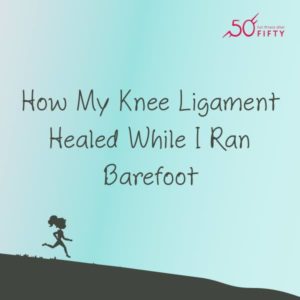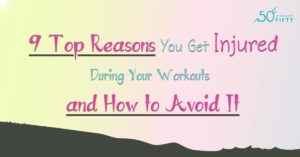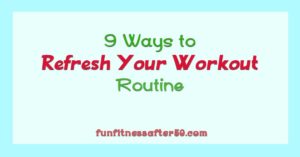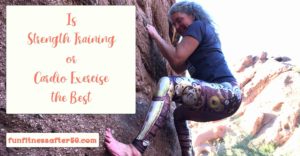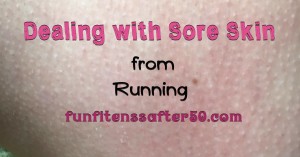What went wrong with my knee and why Once again, running barefoot has allowed me to stay active while a leg healed. It was not exactly a running injury. I was running with my Continue Reading
9 Top Reasons You Get Injured During Your Workouts and How to Avoid It
Why do people so frequently hurt themselves when they become active? You know exercise is supposed to be good for you, but you keep hurting yourself! More often than not at least one of the things Continue Reading
9 Ways to Refresh Your Workout Routine
[Week 9 of 12 Weeks to a Healthy New Year] Habit versus Spontaneity We all need a balance of habit and spontaneity in our lives and workouts. Habits tend to keep us going, but having some Continue Reading
Is Strength Training or Cardio Exercise the Best
What are the differences between strength training and cardiovascular exercise? Asking whether strength training or cardio building is the best type of exercise strikes me like asking if it is more Continue Reading
How to Deal With Sore Skin from Running
Skin rubbing raw is very common for longer distance running Do you get raw spots when you run? And what can be done about it? I get them sometimes, but it depends on a few factors: how warm it Continue Reading
